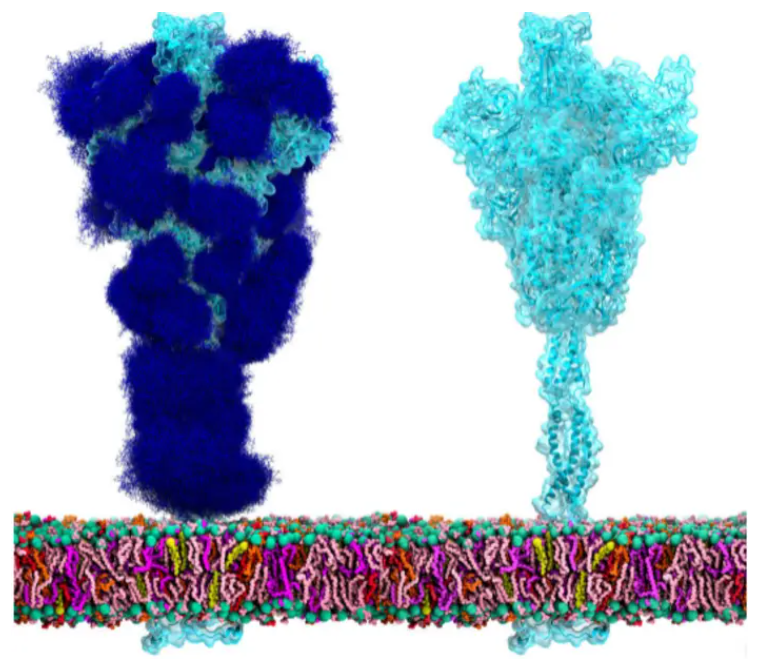
The doctor who was in charge of the agency doing research for a COVID-19 vaccine said he was dismissed because he challenged President Donald Trump’s claims that hydroxychloroquine was a proven promising treatment for the virus, according to a report.
“Rick Bright was abruptly dismissed this week as the director of the Department of Health and Human Services’ Biomedical Advanced Research and Development Authority, or BARDA, and removed as the deputy assistant secretary for preparedness and response. He was given a narrower job at the National Institutes of Health,” The New York Times reported, noting that Dr. Bright obtained his PhD in immunology and molecular pathogenesis from Emory University.
The Times was the first outlet to report Dr. Bright’s statement, which reportedly states that the Trump administration placed “politics and cronyism ahead of science.”
“I believe this transfer was in response to my insistence that the government invest the billions of dollars allocated by Congress to address the Covid-19 pandemic into safe and scientifically vetted solutions, and not in drugs, vaccines and other technologies that lack scientific merit,” The Times reports Dr. Bright’s letter as stating. “I am speaking out because to combat this deadly virus, science—not politics or cronyism—has to lead the way.”
Hydroxychloroquine garnered attention recently after Trump touted it as a COVID-19 treatment. The drug is currently used to treat malaria, lupus, and rheumatoid arthritis. Its surge in notoriety led to nationwide shortages of the drug and people who had been taking it for years left with barely enough of it to get by.
Per The Times, Dr. Bright does not outwardly name Trump in his statement, but rather said that his leadership during the COVID-19 pandemic “resulted in clashes with [Department of Health and Human Services] political leadership, including criticism for my proactive efforts to invest early into vaccines and supplies critical to saving American lives. I also resisted efforts to fund potentially dangerous drugs promoted by those with political connections.”
Study Finds ‘No Evidence’ That Hydroxychloroquine Reduces Ventilator Risk, Associated with ‘Increased Overall Mortality’
A newly published study (which has not been peer-reviewed) “found no evidence that use of hydroxychloroquine, either with or without azithromycin, reduced the risk of mechanical ventilation in patients hospitalized with Covid-19”; further, “increased overall mortality was identified in patients treated with hydroxychloroquine alone.”
The retrospective study assessed COVID-19 patients hospitalized in United States Veterans Health Administration medical centers through April 11. Patients were stratified by treatment exposure: either hydroxychloroquine alone or in combination with azithromycin, in addition to standard of care. The main outcomes were mortality and the need to go on a ventilator.
Final analysis included 368 patients: hydroxychloroquine, n=97; hydroxychloroquine plus azithromycin, n=113; and no hydroxychloroquine, n=158. Death rates were: hydroxychloroquine, 27.8%; hydroxychloroquine plus azithromycin, 22.1%; and no hydroxychloroquine, 11.4%; ventilation rates were 13.3%, 6.9%, and 14.1%, respectively. The adjusted hazard ratio (aHR) for all-cause mortality for the hydroxychloroquine group compared to the no hydroxychloroquine group was 2.61 (95% confidence interval [CI], 1.10 to 6.17; P=0.03); in the hydroxychloroquine plus azithromycin, the aHR was 1.14 (95% CI, 0.56 to 2.32; P=0.72). Ventilation risks were similar between the hydroxychloroquine and hydroxychloroquine plus azithromycin groups compared to the no hydroxychloroquine group.
A different study of chloroquine, which is closely related to hydroxychloroquine, in Brazil was halted after patients began presenting irregular heart rates.
“Preliminary findings suggest that the higher [chloroquine] dosage (10-day regimen) should not be recommended for COVID-19 treatment because of its potential safety hazards. Such results forced us to prematurely halt patient recruitment to this arm,” the study authors wrote.







 © 2025 Mashup Media, LLC, a Formedics Property. All Rights Reserved.
© 2025 Mashup Media, LLC, a Formedics Property. All Rights Reserved.